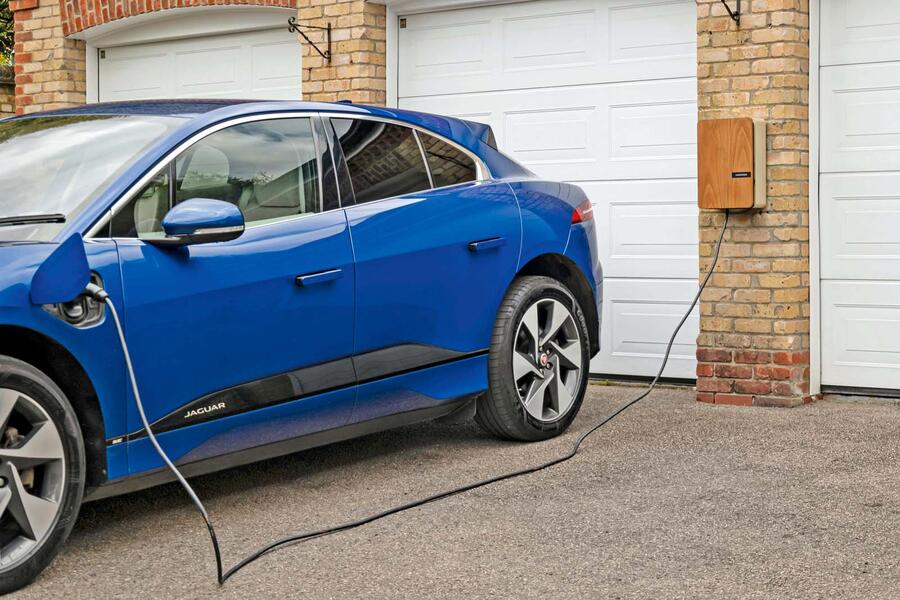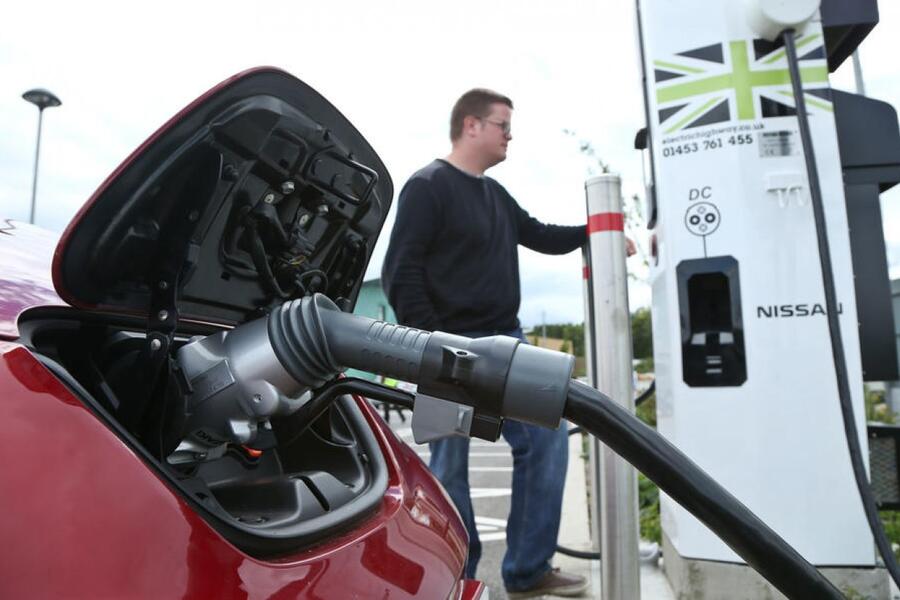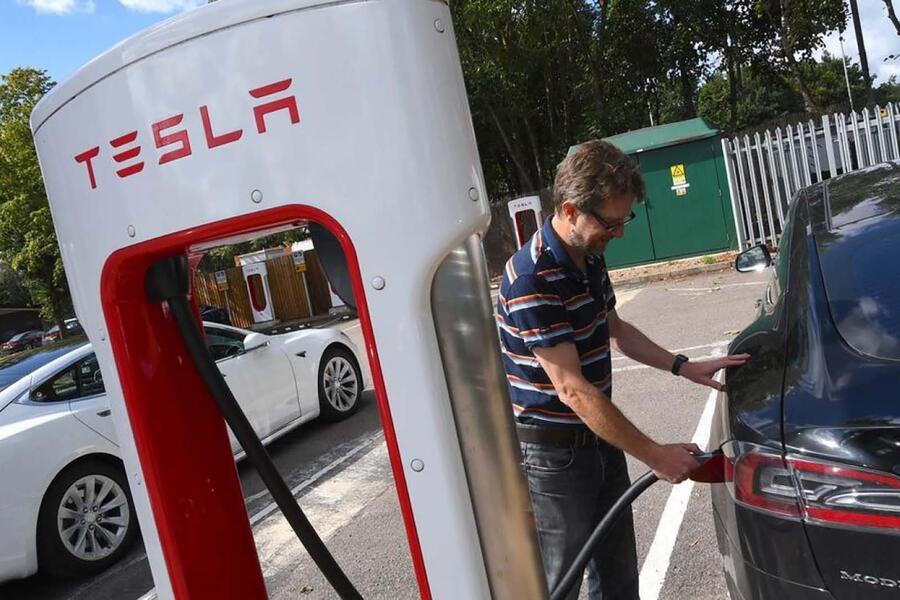Electric cars have been around since the 1830s. Sure, they might have disappeared for a bit, but they came back with avengence in the 2010s.
A decade ago they were pretty much the reserve of the well-heeled environmentalist, but the electric car’s viability has skyrocketed because of huge gains in electric range, and serious cuts to pricing.
However, car makers’ ability to actually explain how electric cars work has not grown with the increased enthusiasm for them. Think it’s too late to learn? Think again and learn the new lingo, here.
Electric motors
Literally the driving force of all EVs, electric motors are like jet engines in that they have few moving parts and are incredibly powerful for their size.
Mechanically simple, with just a rotor and stator, they generate power and torque using magnetic fields.
The most popular type of motor is the brushless permanently excited synchronous motor (PSM), which has powerful rare-earth magnets embedded in its rotor.
Surrounding stator coils (the static part) use an alternating current (AC) to generate a rotating magnetic field, which attracts the rotor’s magnets, making it turn in perfect synchronisation with the frequency of the AC. The rotor and magnetic field are perfectly in sync, hence the motor is synchronous.
Some manufacturers prefer to avoid the use of the rare-earth permanent magnets and opt for either asynchronous induction machines or externally excited synchronous machines (EESM).
Both the stator and rotor of an induction motor have windings and an electric current is induced in the rotor by the stator’s magnetic field rotating around it.
That in turn generates a magnetic field in the rotor windings. But for it to work, the rotor must lag behind the rotating magnet field slightly, hence the motor is asynchronous.
Externally excited synchronous motors instead use brushes to carry current to the rotor coils, which introduces an element of wear that brushless motors don’t suffer.
Regenerative braking
One of the great benefits of EVs is that they can recover some of the energy they use to accelerate when they’re slowing down again, because motors can also work as generators.
The motor switches to generator mode as the car slows down, topping up the battery, and the effort that takes creates a braking force.










Join the debate
Add your comment
Good, helpful guide for those thinking about an EV. I would say the number one consideration is that financially an EV only makes sense if you have off street parking and can take advantage of a cheap overnight electricity tariff.
Disagree based on my experience: use the Co Charger app to use a near neighbour's wallbox and also charge fairly cheaply at work. Servicing will be less, tax less and I actually paid less on the insurance than my hybrid which was a surprise. The driving experience is much nicer.